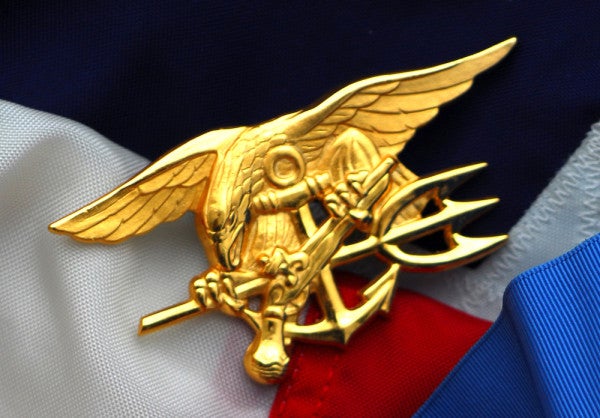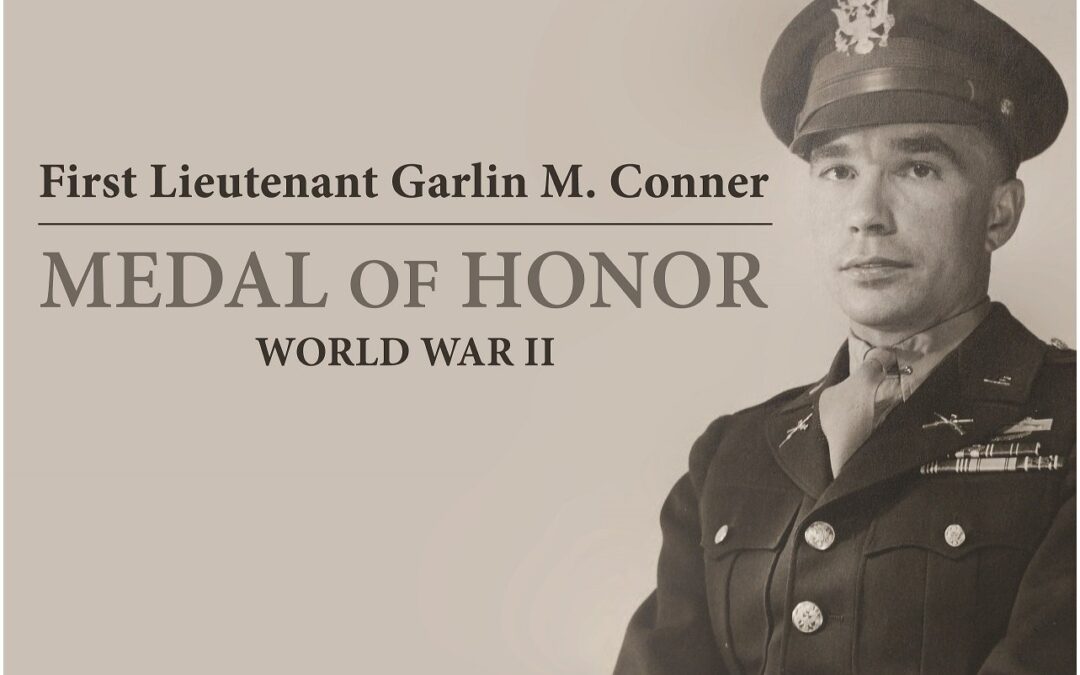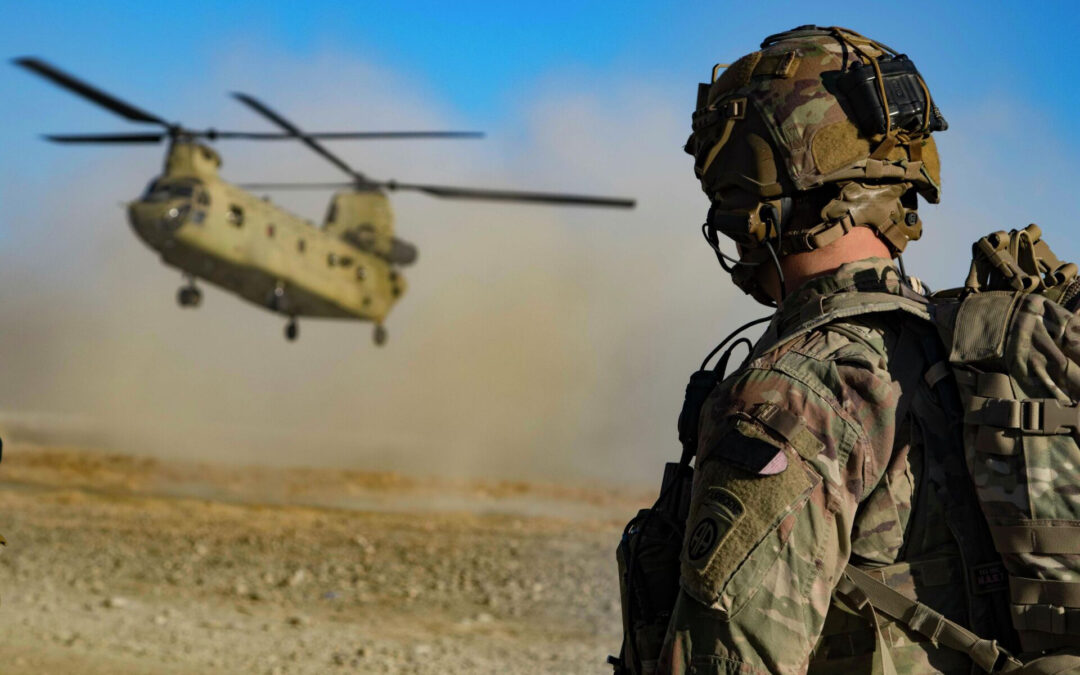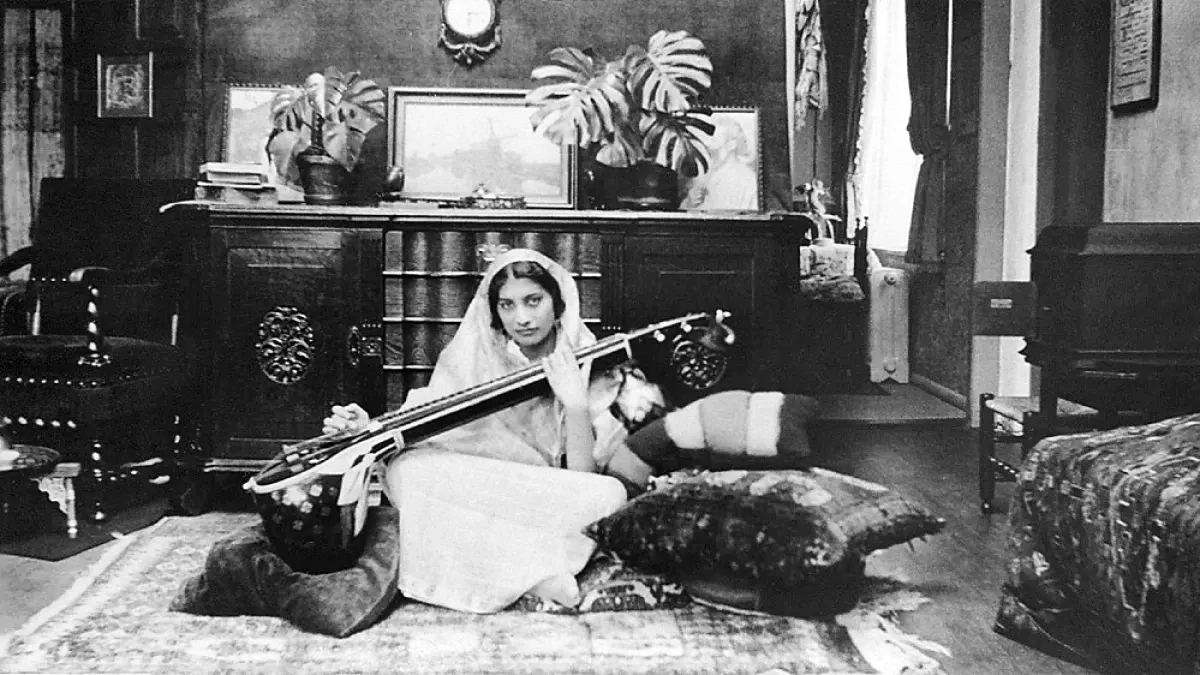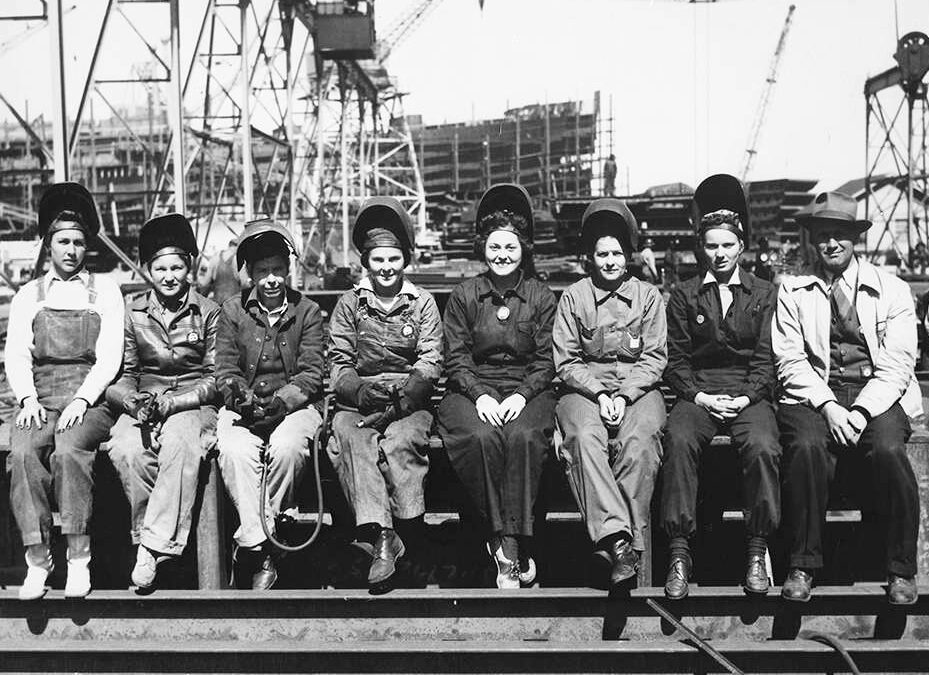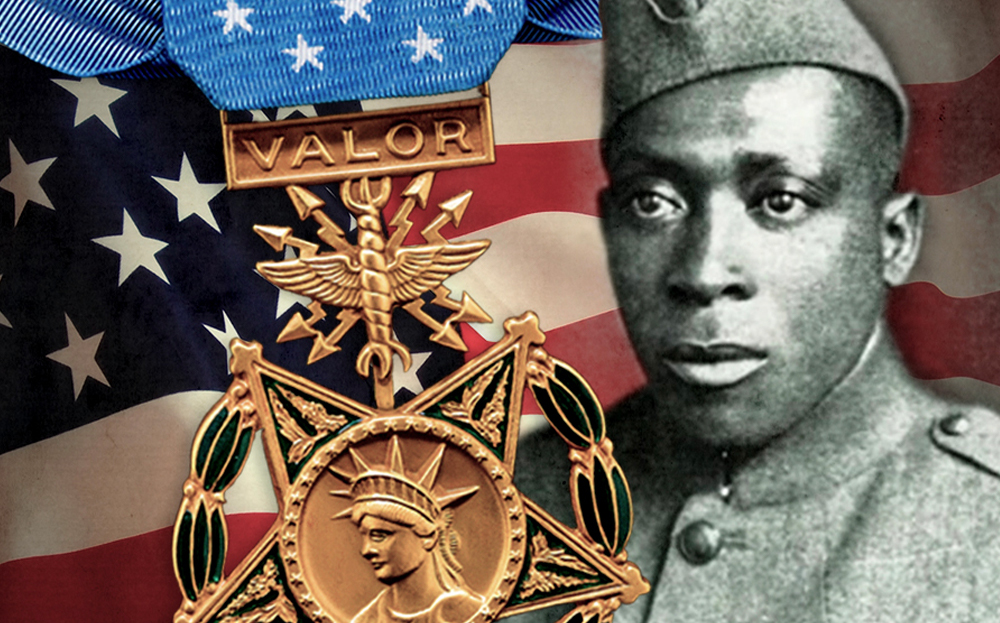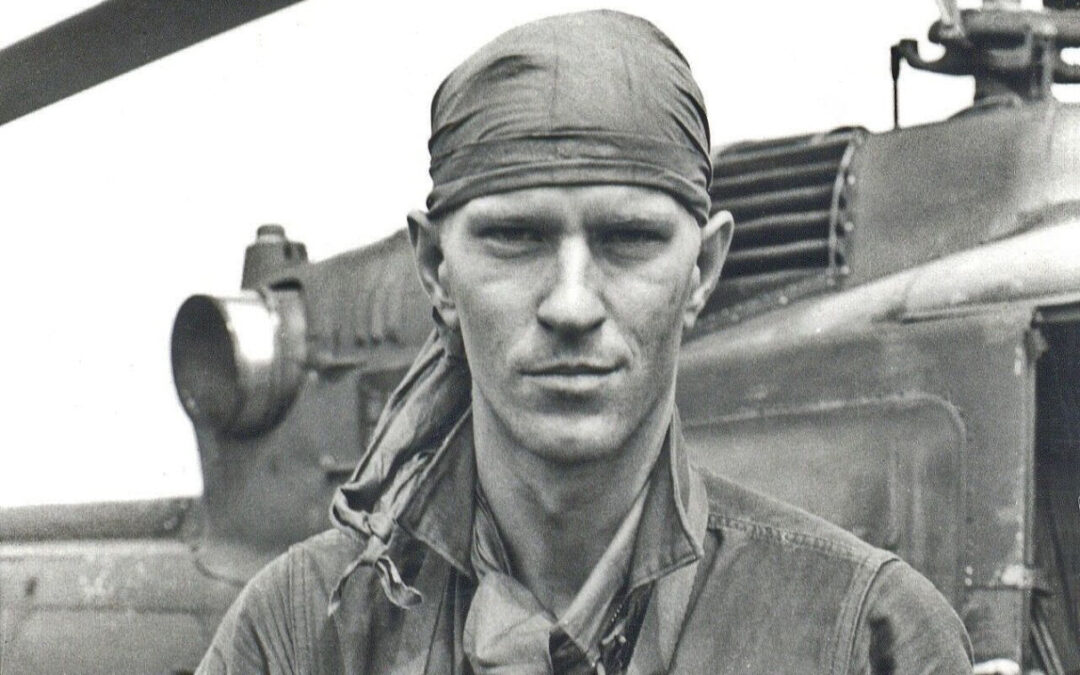On June 6, 1943, the Naval Combat Demolition Unit (NCDU) training school was established at Ft. Pierce, Florida. Training candidates came from rugged, physically capable Marine Raider and Navy Scout and Construction Battalion volunteers with previous swimming experience. Demolition work was emphasized without restriction. Grueling nighttime training conducted in the snake- and alligator-infested swamps of Florida produced a specimen of a man who was at home with mud, noise, exhaustion, water, and hostile beings, human or otherwise. The trainees were divided into teams of six men - one officer and five enlisted - called Underwater Demolition Teams, or UDTs (later changed in the mid-1950s to Sea, Air, and Land, or SEALs), and were also known as Frogmen for their amphibious abilities and appearance. The UDTs conducted amphibious assaults on D-Day and on Japanese-held islands in the Pacific. Navy Seals Built a Museum to Preserve Their Legacy In the 1980s, a group of retired UDT-SEALs...
